Australia, 1788. A transport ship arrives in Port Jackson (later Sydney harbour) carrying hundreds of convicts and a detachment of English officers under orders to guard the prisoners and to implant the roots of a well-ordered colony. These facts form the basis of Our Country’s Good, which was created in 1988 by Timberlake Wertenbaker in collaboration with Max Stafford-Clark’s Joint Stock company. Stafford-Clark’s method is to prepare a script using committees of actors under the supervision of a writer and the invariable result is a show that prizes the concerns of players over those of play-goers. The director Nadia Fall has revived this script with lavish efficiency.
We begin with the ship disgorging its contents on to the Australian shore. Everyone looks remarkably spruce after eight months at sea. The convicts wear attractively tailored boho smocks in a palette of creams, soft browns and dove-greys. The English officers sport beautifully pressed scarlet tunics and snow-white breeches apparently delivered that morning by a world-class dry-cleaning firm. As the colony establishes itself the soldiers grapple with disciplinary problems. A pushy lieutenant has a brainwave. Let’s put on a show. His seniors are sceptical but they’re soon won over by the enthusiasm of the convicts, who are a remarkably sensitive, well-educated and articulate bunch.
One criminal is a gifted philologist who advises his fellow prisoners to avoid words with two ‘l’s, like ‘lonely’. Another is a West End aficionado who delights the rest with his impersonations of David Garrick. Gales of laughter greet these comic routines because, of course, his audience of penniless outlaws have watched Garrick on countless occasions from the royal circle at Drury Lane. The play they’ve chosen to perform is The Recruiting Officer — rumoured to be the first drama staged in Australia — and as the show takes shape the thesps indulge in the usual backstage tiffs and romances. Dress rehearsals are interrupted by a refugee from Madagascar named Caesar, who seems commendably indifferent to the provision of food, shelter or clothing. After all, it’s showtime! All Caesar wants is a chance to shine in a classic British comedy. He duly joins the cast.
Away from rehearsals, the officers discuss the condition of the livestock, the irregularities of the prisoners’ love lives, and the humanising virtues of drama. The result is an extraordinarily earnest torrent of jabber. It’s like watching a fancy-dress seminar on the subject of art and its power to alleviate criminality. And the focus is missing. There are no fewer than 22 roles distributed evenly among the cast so that no actor enjoys more of the limelight than any other. Big drawback: there’s no central character. It’s good for the actors, bad for the audience, and terrible for the craft of story-telling. And the play struggles to evoke the Antipodean wilderness. Kangaroos get a mention once or twice. There’s a lone aboriginal, straight out of a Vogue photo shoot, whose torso is painted with white hyphens and who mooches about the stage looking inscrutable and high-minded. And he adopts the classic rapt-aboriginal-contemplating-the-bush position: one foot takes his body’s weight while his unburdened leg rests against his knee. That detail aside, this might easily be a sixth-form drama group amusing themselves on Lundy Island during a ferry strike.
Temple Church, founded in the 12th century by the Knights Templar, owes its design to the Church of the Holy Sepulchre in Jerusalem. Its soaring vaulted roofs make it an ideal boombox for choral music. It also serves as a warrior’s memorial with statues of slain knights disposed about the flagstones as if stretchered indoors a few minutes earlier from the field of blood. But is it a good place to stage Henry V? Well, sort of. This high-concept version by Antic Disposition imagines the play as a diversion performed in the trenches to shield the soldiery from the horrors of war. The English and the French roles are played by nationals of either country. This is slightly problematic because the comrades of 1914–18 are turned into the foes of Agincourt. And the French characters speak their lines with French accents. Logical perhaps but it makes the enunciation rather smudgey. The play is performed on a raised platform, or ‘traverse’, set between two opposing slabs of pews. This means that each actor faces his audience only half the time. An old theatrical adage discourages the wise from using this arrangement: ‘An actor that can’t be seen can’t be heard.’
Shakespeare is a great lyricist but he’s not a composer and his verse is impaired by the reverberations of the church’s high stone canopies. The fading echoes of each spoken word jeopardise the audibility of its successor. I feel reasonably sure I witnessed an admirable production of this play, but I can only give it three out of ten because that’s all I heard.
Got something to add? Join the discussion and comment below.
Get 10 issues for just $10
Subscribe to The Spectator Australia today for the next 10 magazine issues, plus full online access, for just $10.
You might disagree with half of it, but you’ll enjoy reading all of it. Try your first month for free, then just $2 a week for the remainder of your first year.

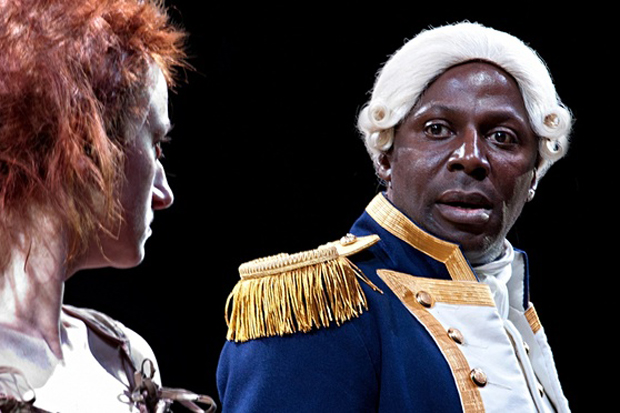
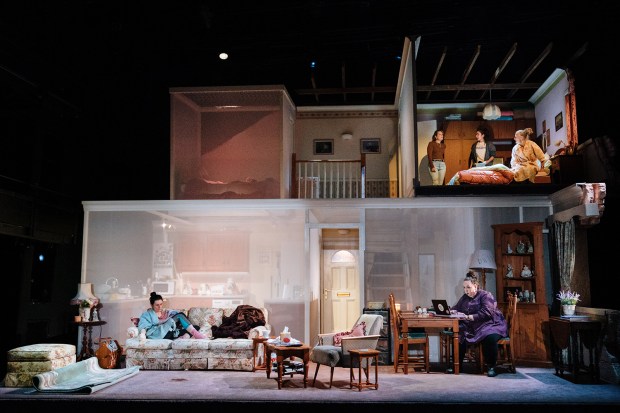
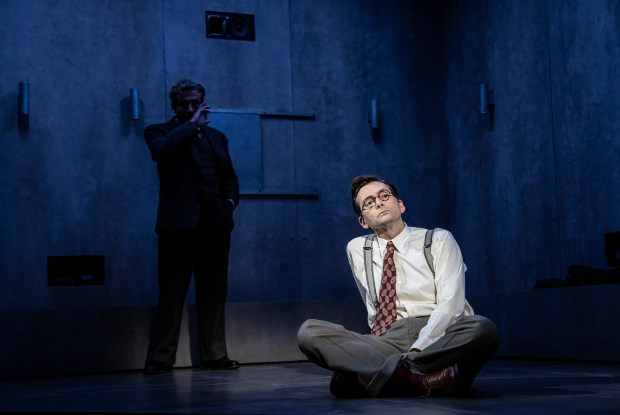
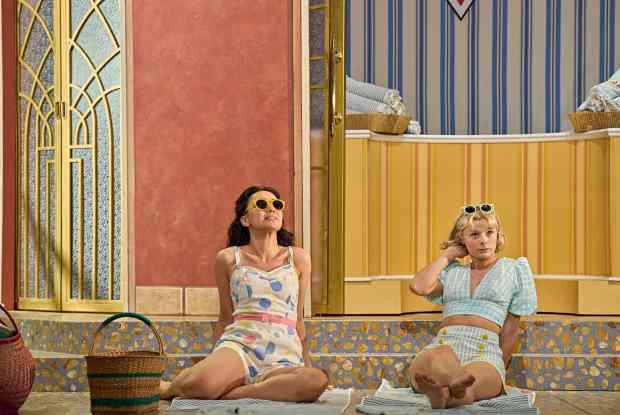
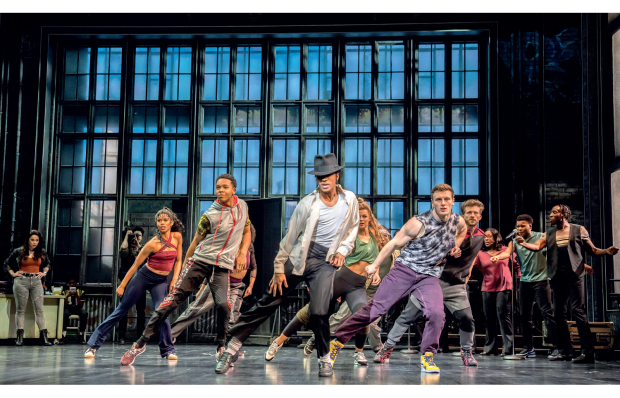
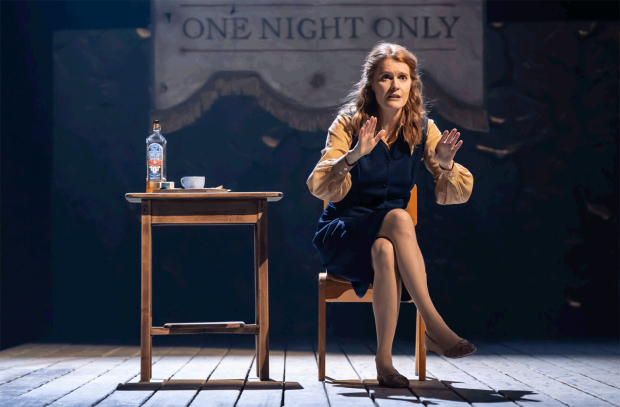
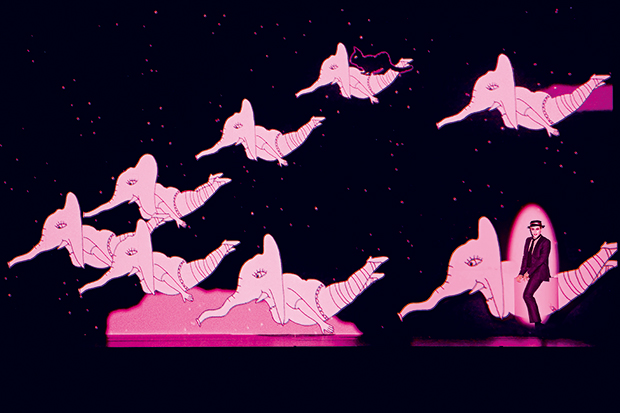






Comments
Don't miss out
Join the conversation with other Spectator Australia readers. Subscribe to leave a comment.
SUBSCRIBEAlready a subscriber? Log in